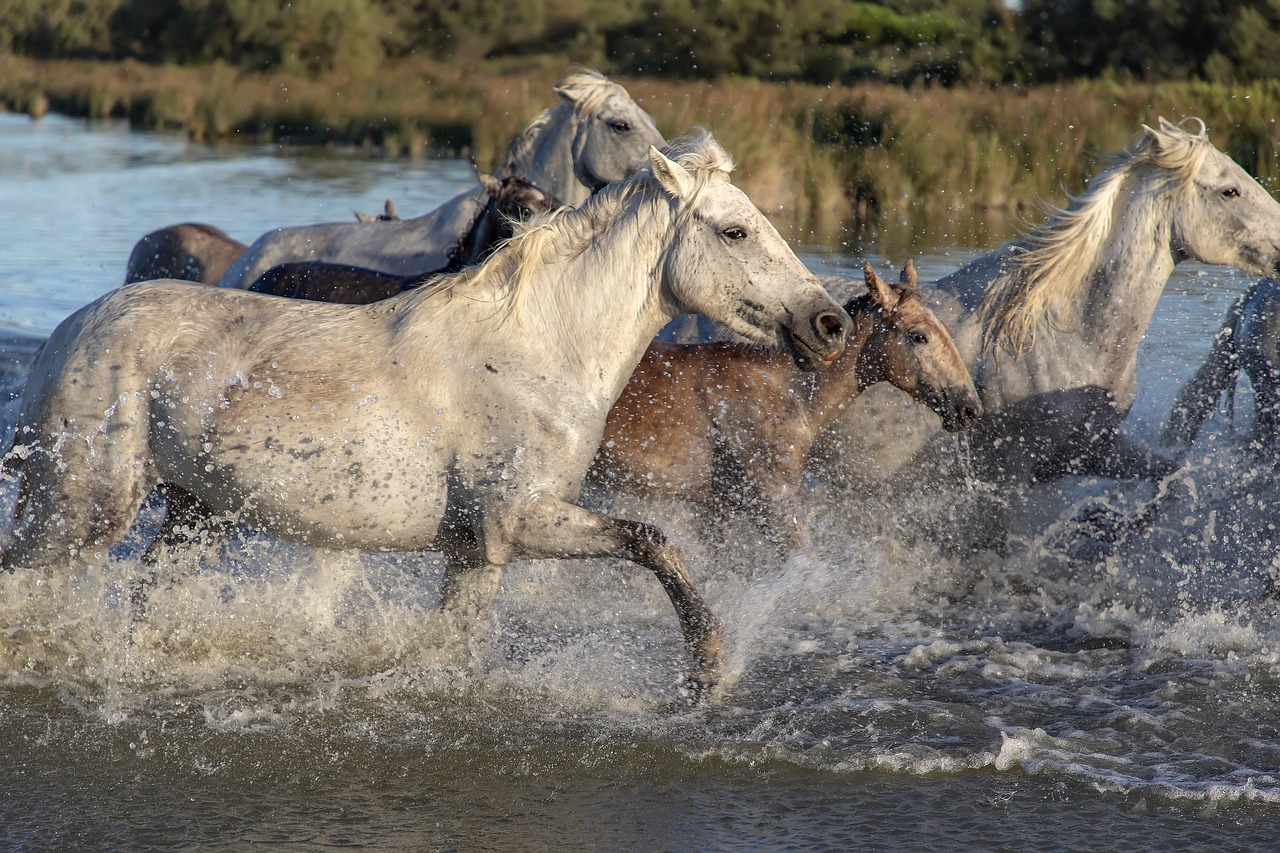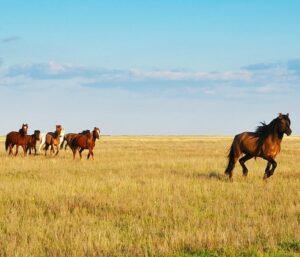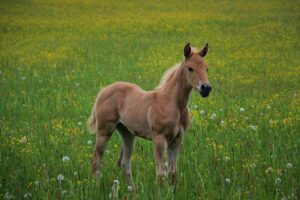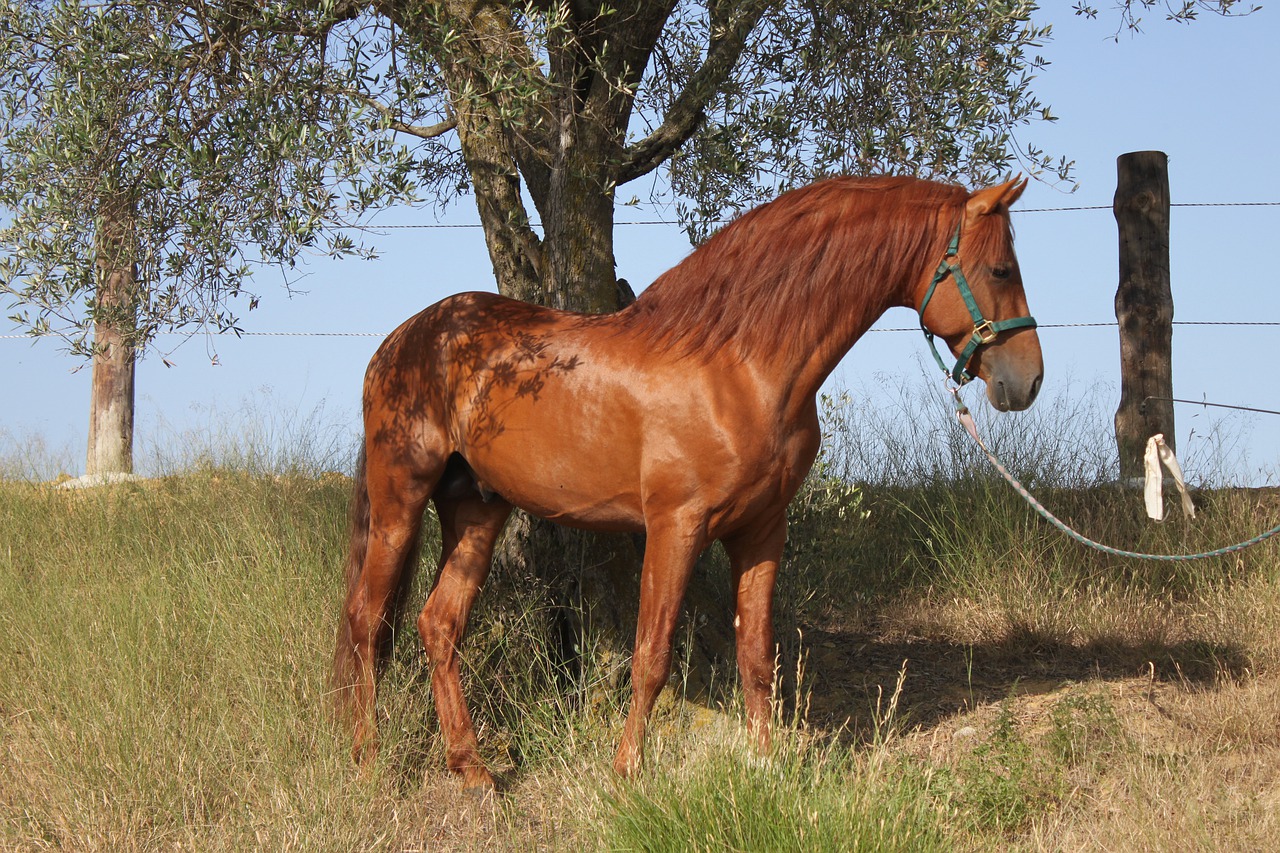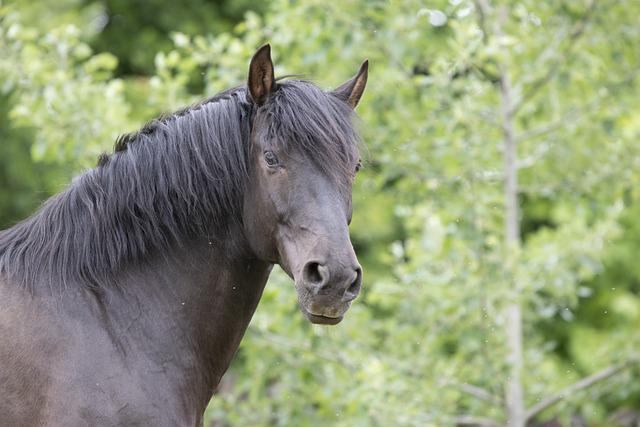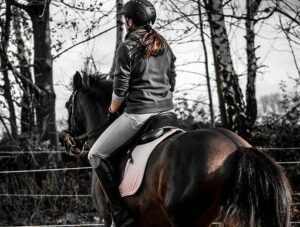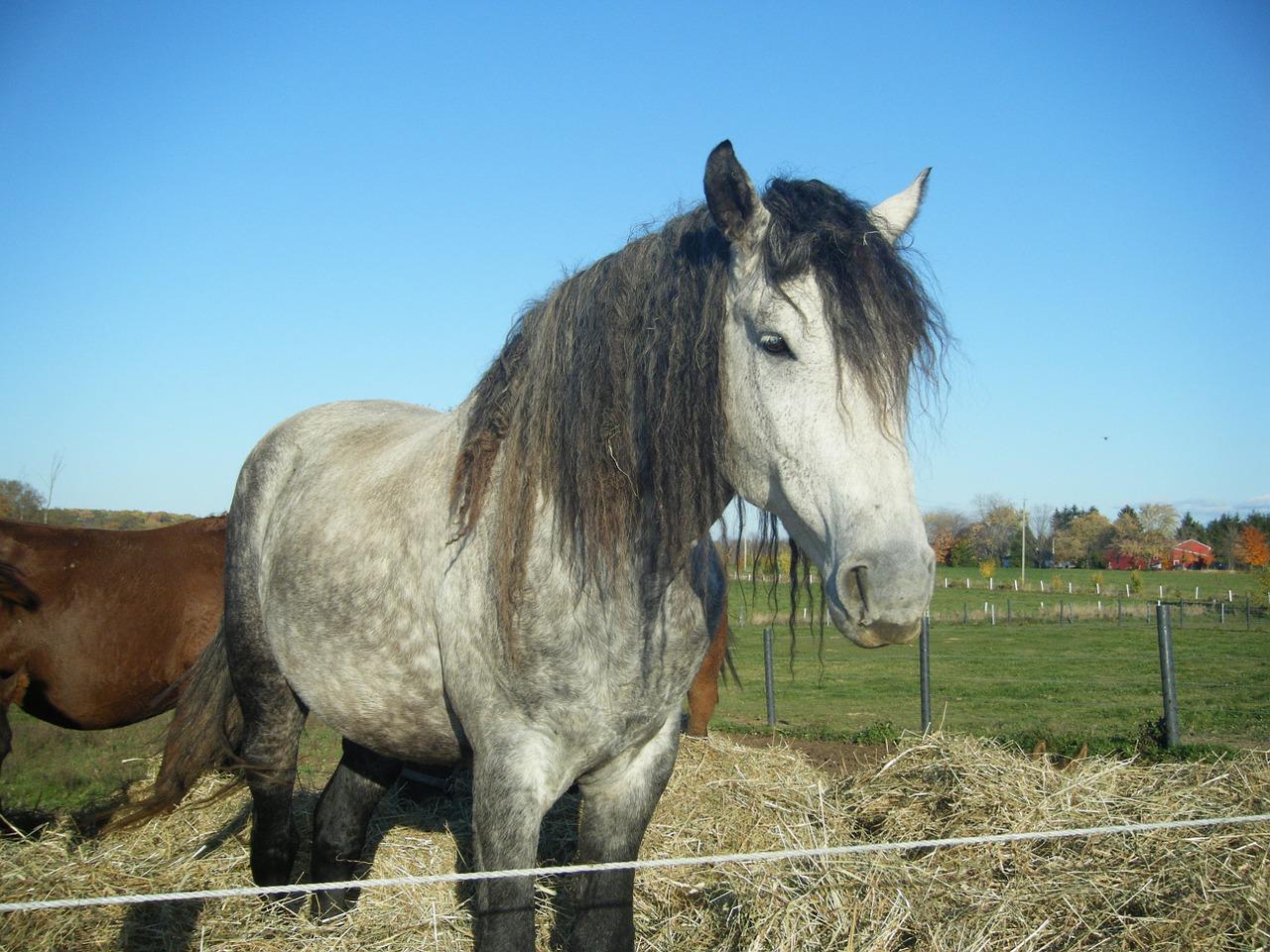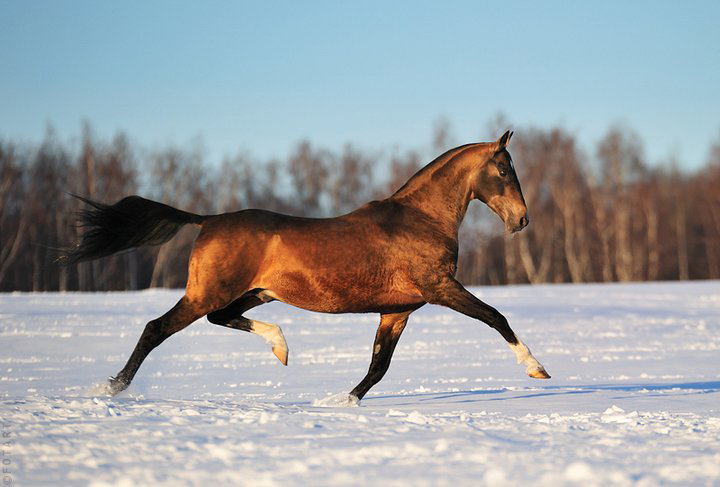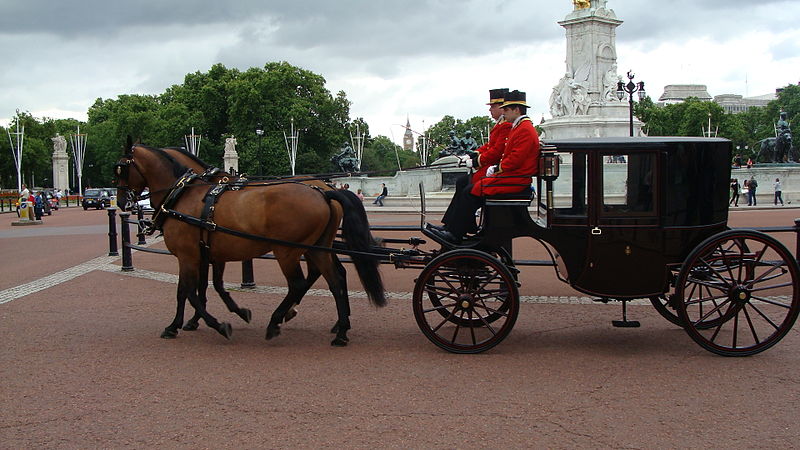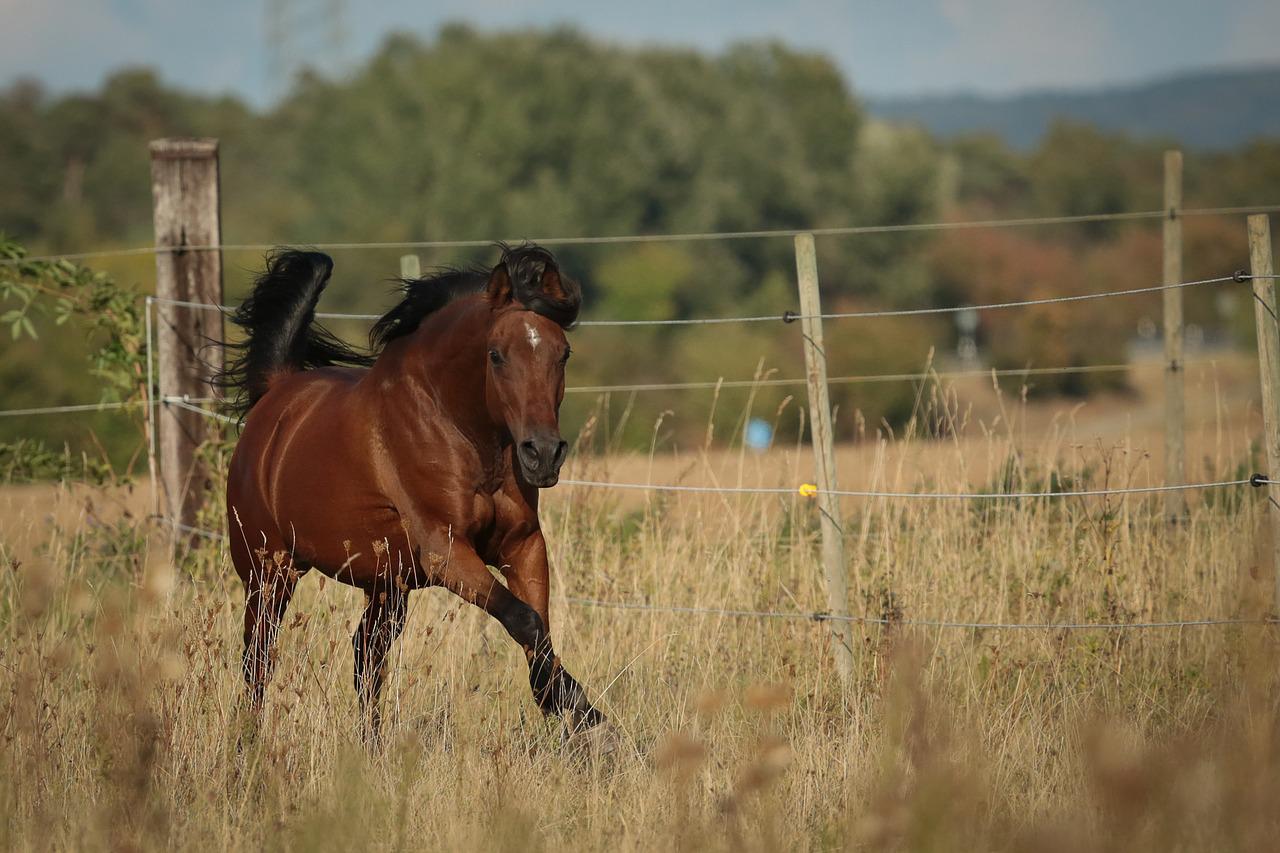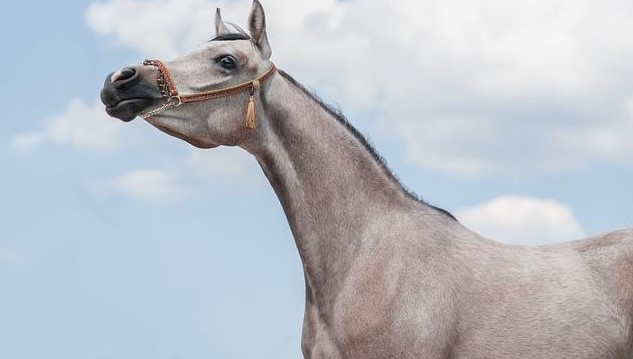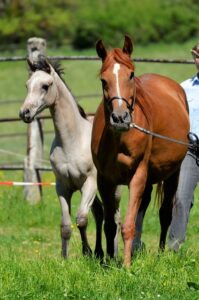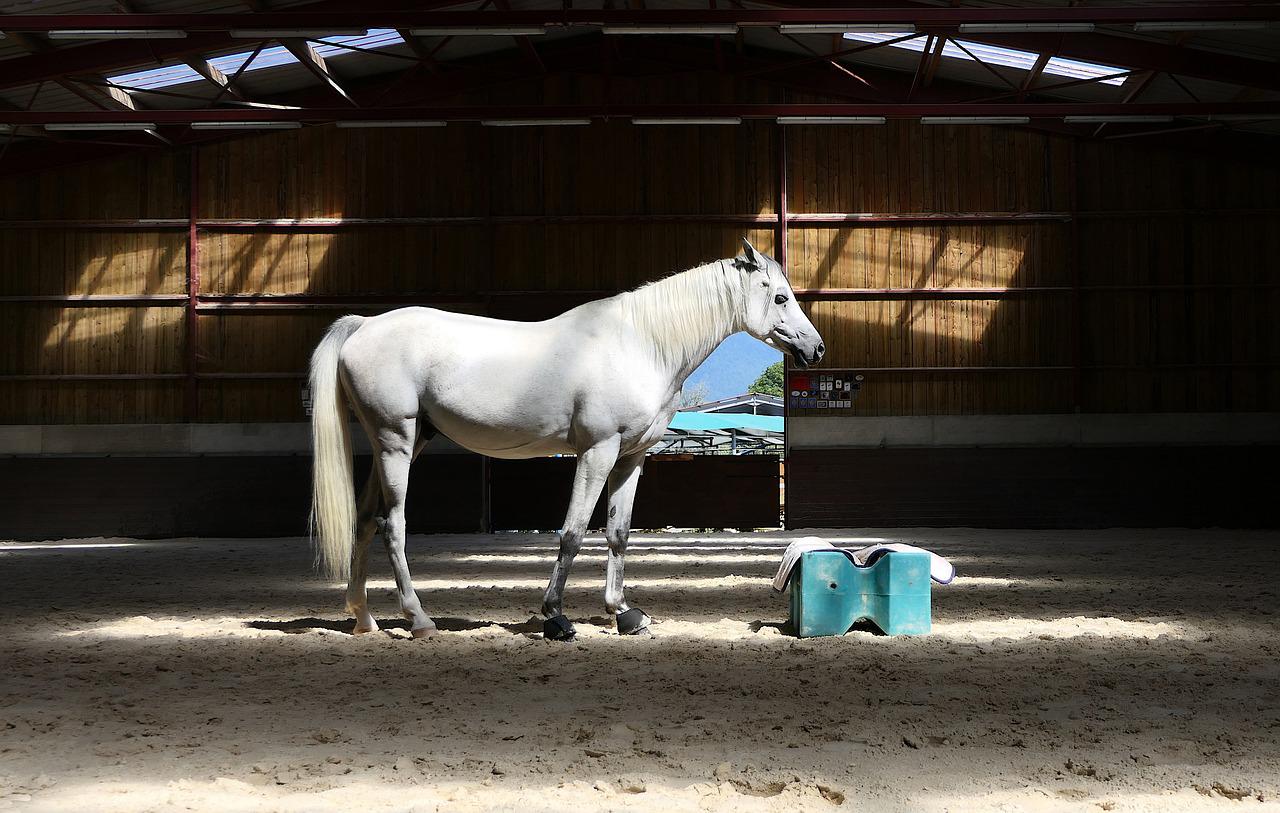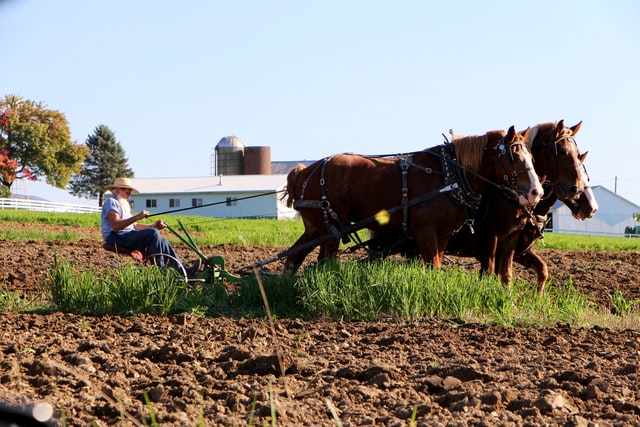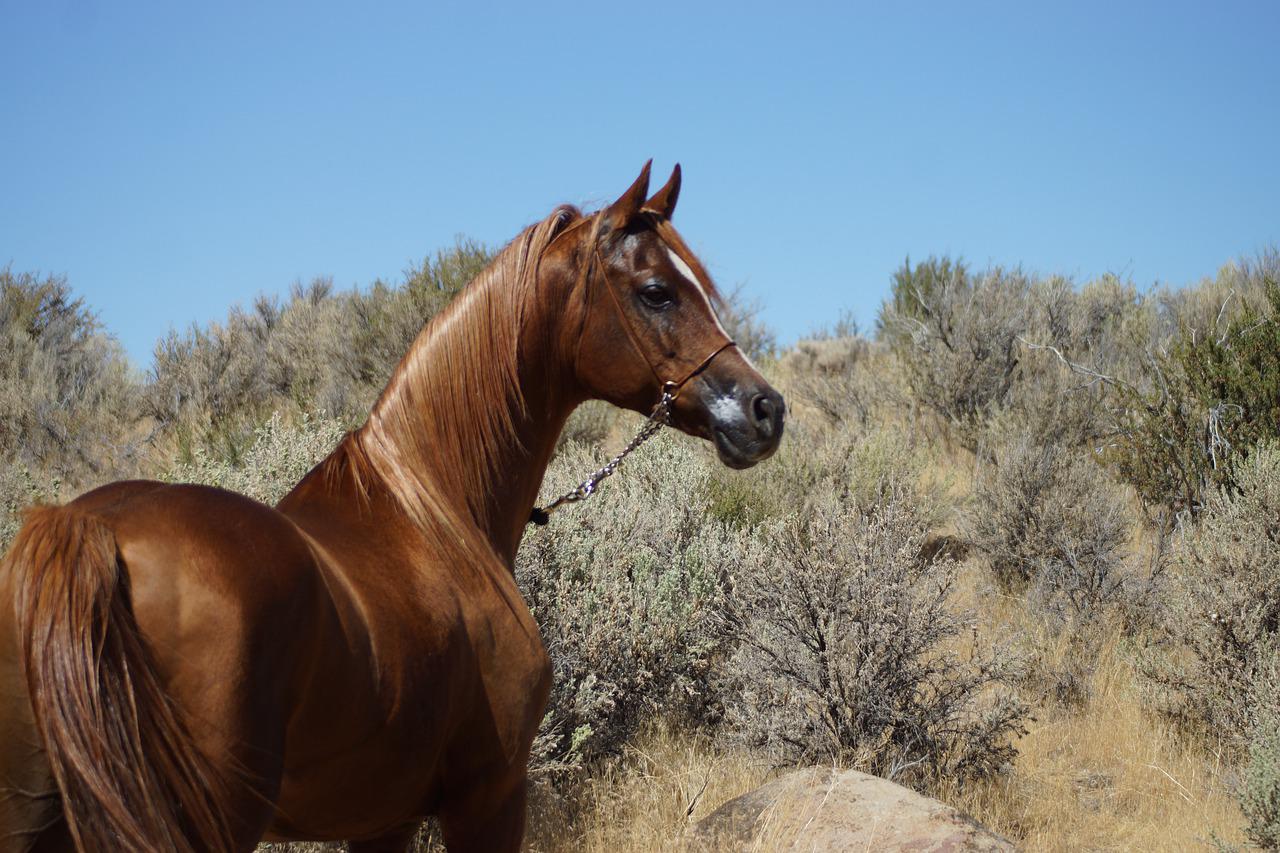
The African horse breeds are a group of horse breeds that originate from Africa. They were originally developed in the African continent and are not descendants of European horses.
There are many African horse breeds and they come from different parts of Africa, such as the North African Arab, the Arabian, the Barb and the Somali Horse.
Desert Horse (Arabian horse)
The Arabian horse is a breed of horse known for its stamina and courage. The breed originated in Arabia, which is why they are also known as Arabians or desert horses.
The Arabian has a muscular build, and they are known to be very fast runners. They can outrun some modern cars! In fact, the fastest horse ever recorded was an Arabian called Man O War who could run at speeds up to 60 miles per hour!
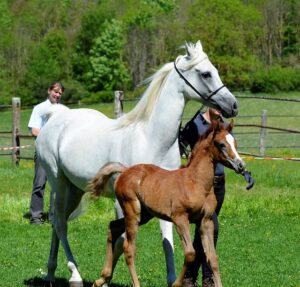
Arabians are also known for their intelligence and loyalty and these qualities make them great riding horses because riders feel comfortable around them. Because of this intelligence and friendliness, many people keep Arabians as pets instead of using them as workhorses like other breeds might be used for such tasks such as pulling plows or carrying heavy loads on carts across rough terrain (although there are some exceptions). On top of all that talent we’ve already covered here today about how amazing these animals really are… did you know that some people even ride these beauties into battle? Yes indeed—the mighty steeds ridden by ancient warriors such as Alexander The Great himself were actually Arabian horses!
Cape Horse
A Cape Horse is a South African breed of horse that originated in that country, but today it is also found in other places. The breed is a heavy horse that was used as a carriage horse until the advent of motor vehicles. Today, these horses are still used for riding and driving, but they are also valued for their speed and agility.
Bambara pony (Mali)
The Bambara pony is a horse breed originating in Mali, West Africa. There are two subtypes of the Bambara: the short-legged variety and the taller variety. The ponies are commonly used for riding, driving and packing. They have also been bred for use as draught horses on small farms or in towns and villages where there are not enough people to do all of this work themselves.
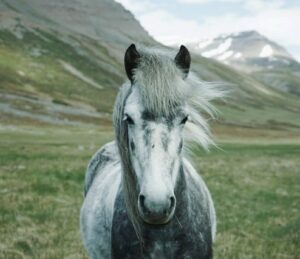
They were named after an ethnic group who live within their native region. It is believed that these groups have been caring for them since ancient times; however, documentation does not exist before the 19th century so it’s impossible to confirm if this is true or not! Even if it isn’t though…the breed has surely been around before then anyway!
Bambaras were brought over into Europe by French colonists during their 19th century conquest of Mali (then known as French Sudan), so many people here don’t even know much about them at all except maybe what they’ve seen in movies like Black Stallion Returns.
Swazi Horse (Swaziland, South Africa)
The Swazi horse is a small, sturdy breed that is well adapted to the harsh climate of the region. These horses are known for their endurance and ability to carry heavy loads. The Swazi horse is often used for riding and pack animals.

